Idea by
Angelo Marletta and Cinzia Parrino
EPM
Call for ideas 2016
Janus
Janus
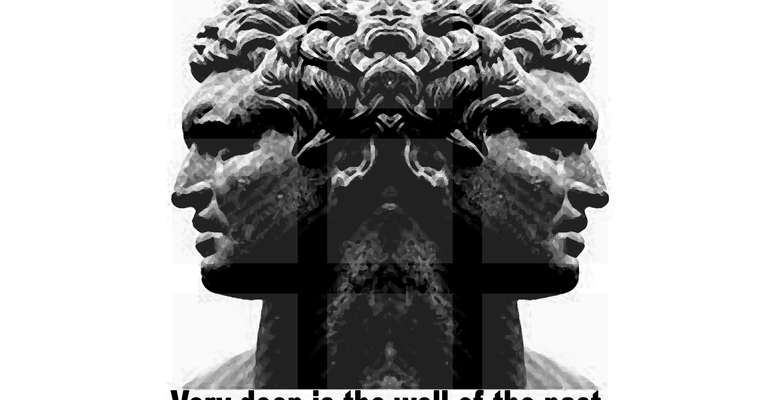
In ancient Roman mythology, Janus was the god of beginnings and transitions, depicted with two faces looking in opposite directions, to symbolize changes such as the progression of past to future, of one vision to another. According to this metaphoric image, Future Architecture should be the result of a combination of two different points of view, able to look simultaneously in opposites directions with the aim to create an unique vision.It should be conceived as the product of the act of «invenction», from Latin «invenire» with the meanings «to find», «to uncover», looking for new ideas in the «bottomless well of the past». It reveals the aporetic condition of Architecture and demonstrate the important role played by hermeneutics in creativity.In this way, Architecture became the consequence of an eternally different interpretation - by a conscious and unconscious viewpoint - of a multiple and apparently unconnected circumstances that at the end of the process converge in a project.
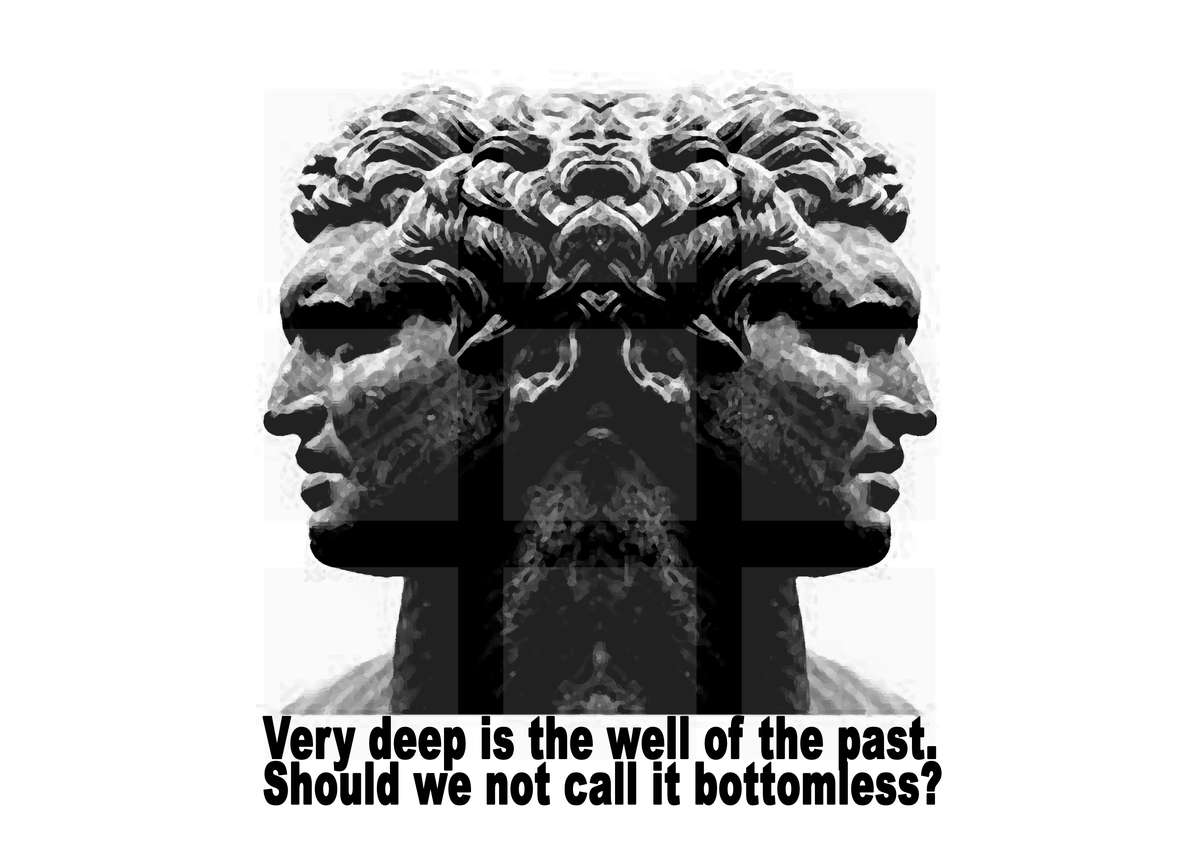
Janus Bifrons, god of beginnings and transitions, depicted with two faces looking simultaneously in opposite directions (past and future), is also used to indicate the gates and the doors, to indicate the capacity to look the inner and the outer world.
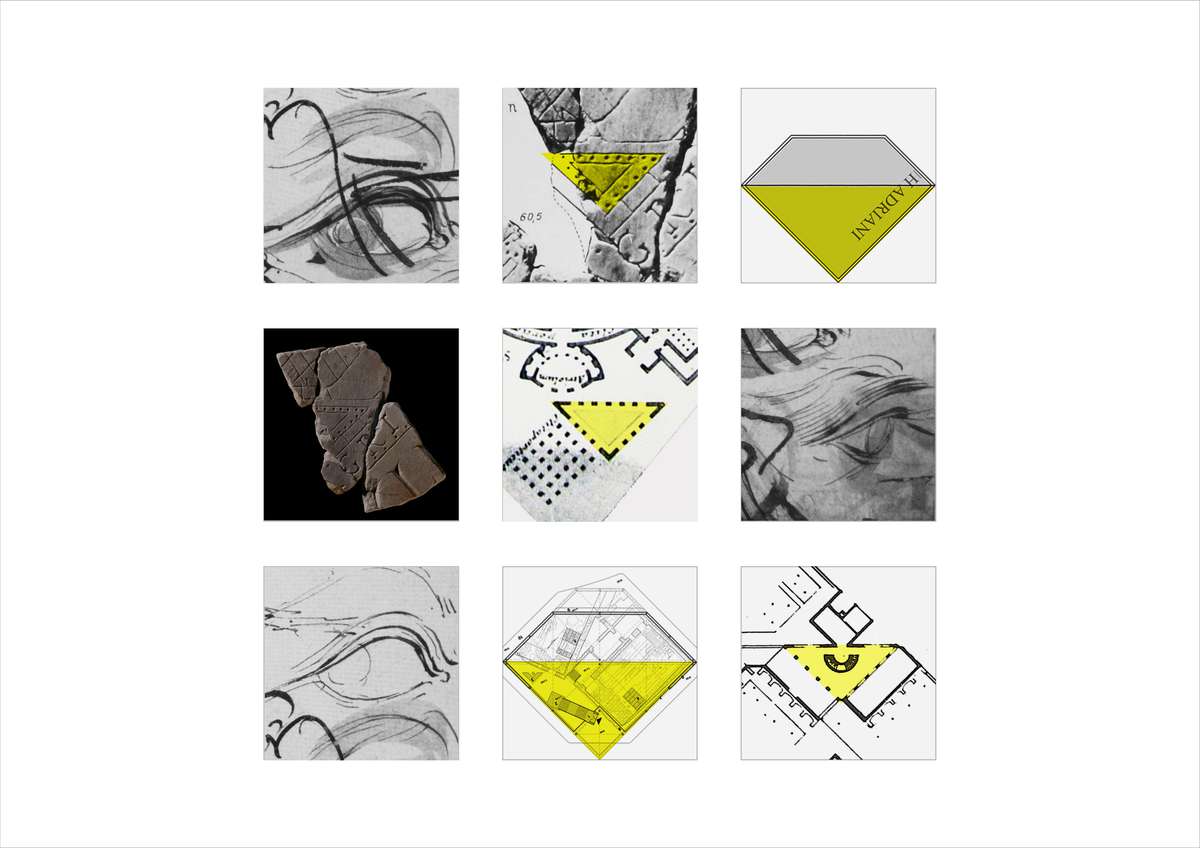
Three different points of view (past, present and future) in a Piranesi’s drawing used to explain three different projects based on the reinterpretation of the same plan of the so called templum Delta from a fragment of the Forma Urbis Romae: a part of the Porticus Neronianae plan represented in the Piranesi’s Campi Martii Romae; the L. I. Kahn’s plan of the dormitories of the Indian Institute of Ahmedabad and the Cover of the Auditorium Hadriani in Rome, designed by A. Marletta and C. Parrino
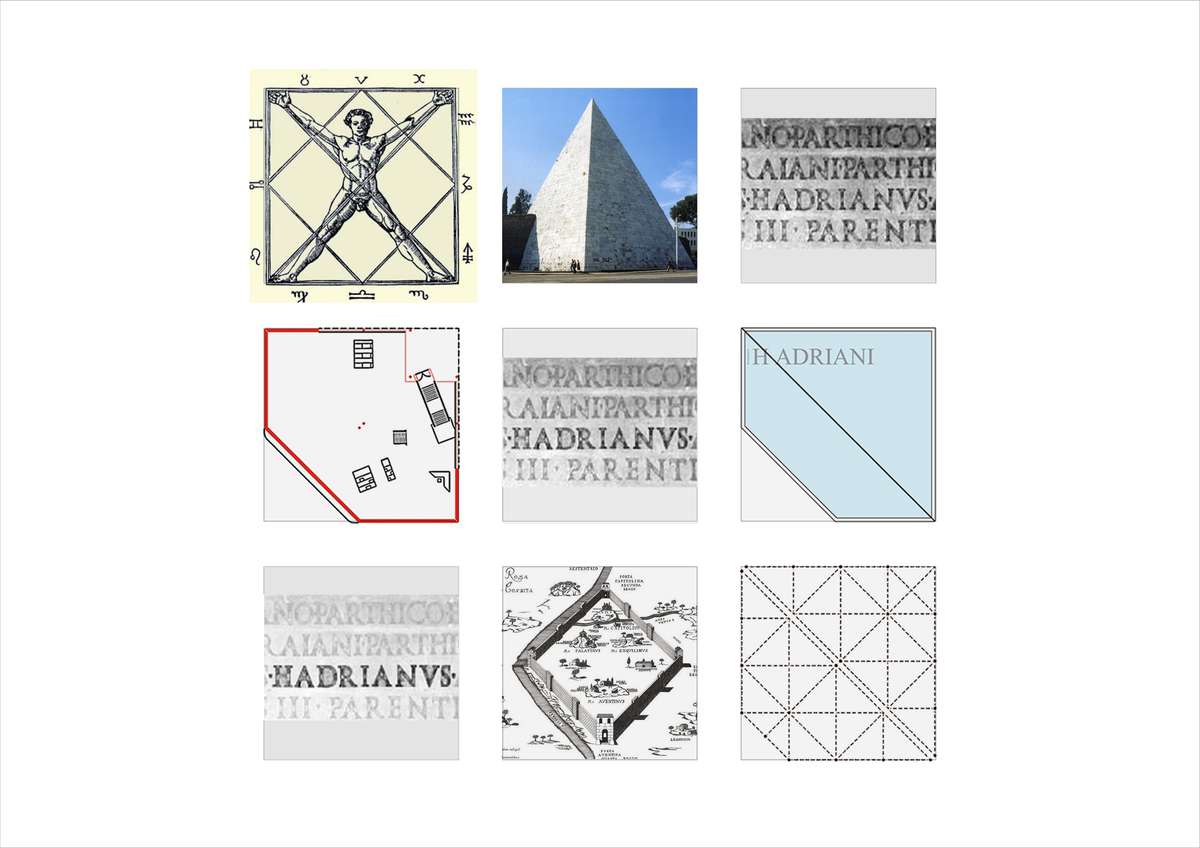
Sources used into the project of the Cover of the Auditorium Hadriani in Rome: the mythological structure of the Roma Quadrata used to define the Cover’s plan; the Homo ad quadratum scheme used to determine the Cover’s structure; a Roman Egyptian Pyramid to symbolize the geometry used as metaphoric reference and an homage at the Adriano’s exotic character; three phases of the marble plate process of dematerialization, used to define the glass Cover of the archaeological remains.
Janus
Janus

In ancient Roman mythology, Janus was the god of beginnings and transitions, depicted with two faces looking in opposite directions, to symbolize changes such as the progression of past to future, of one vision to another. According to this metaphoric image, Future Architecture should be the result of a combination of two different points of view, able to look simultaneously in opposites directions with the aim to create an unique vision.It should be conceived as the product of the act of «invenction», from Latin «invenire» with the meanings «to find», «to uncover», looking for new ideas in the «bottomless well of the past». It reveals the aporetic condition of Architecture and demonstrate the important role played by hermeneutics in creativity.In this way, Architecture became the consequence of an eternally different interpretation - by a conscious and unconscious viewpoint - of a multiple and apparently unconnected circumstances that at the end of the process converge in a project.
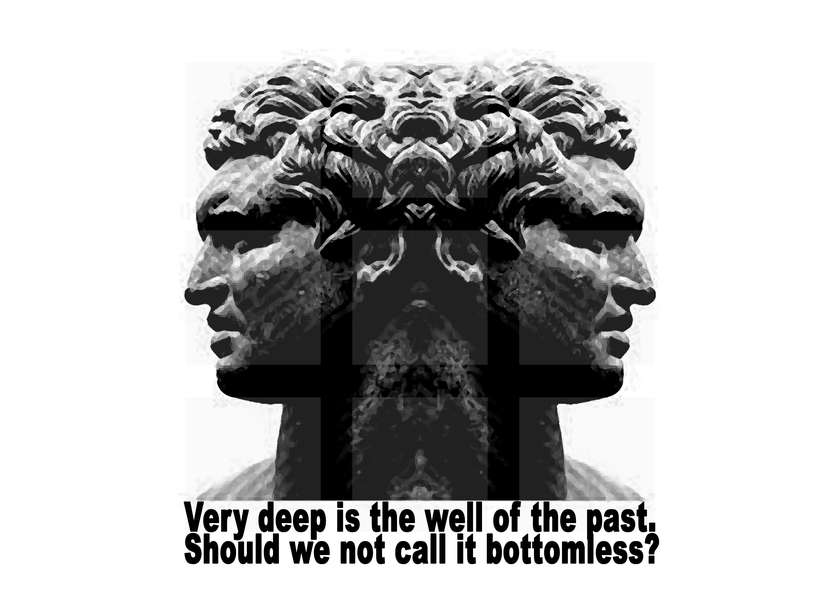
Janus Bifrons, god of beginnings and transitions, depicted with two faces looking simultaneously in opposite directions (past and future), is also used to indicate the gates and the doors, to indicate the capacity to look the inner and the outer world.

Three different points of view (past, present and future) in a Piranesi’s drawing used to explain three different projects based on the reinterpretation of the same plan of the so called templum Delta from a fragment of the Forma Urbis Romae: a part of the Porticus Neronianae plan represented in the Piranesi’s Campi Martii Romae; the L. I. Kahn’s plan of the dormitories of the Indian Institute of Ahmedabad and the Cover of the Auditorium Hadriani in Rome, designed by A. Marletta and C. Parrino
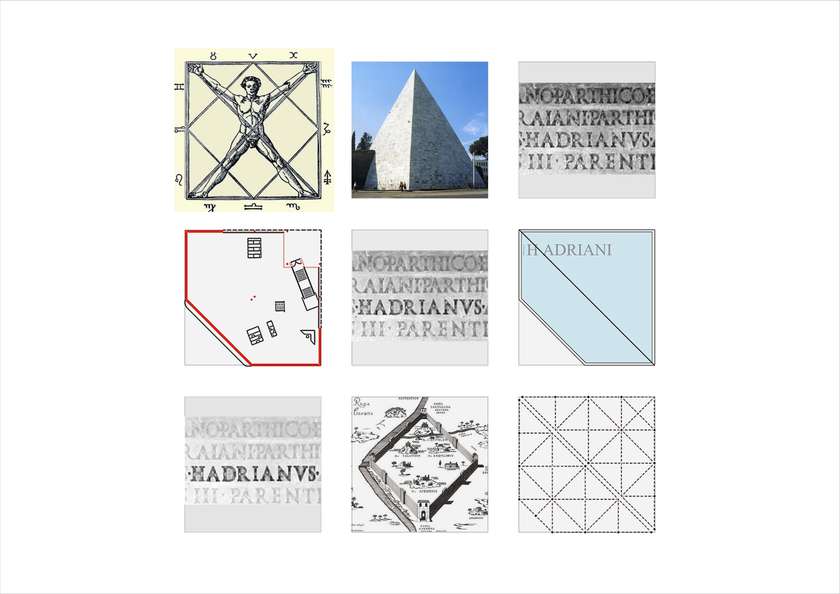
Sources used into the project of the Cover of the Auditorium Hadriani in Rome: the mythological structure of the Roma Quadrata used to define the Cover’s plan; the Homo ad quadratum scheme used to determine the Cover’s structure; a Roman Egyptian Pyramid to symbolize the geometry used as metaphoric reference and an homage at the Adriano’s exotic character; three phases of the marble plate process of dematerialization, used to define the glass Cover of the archaeological remains.